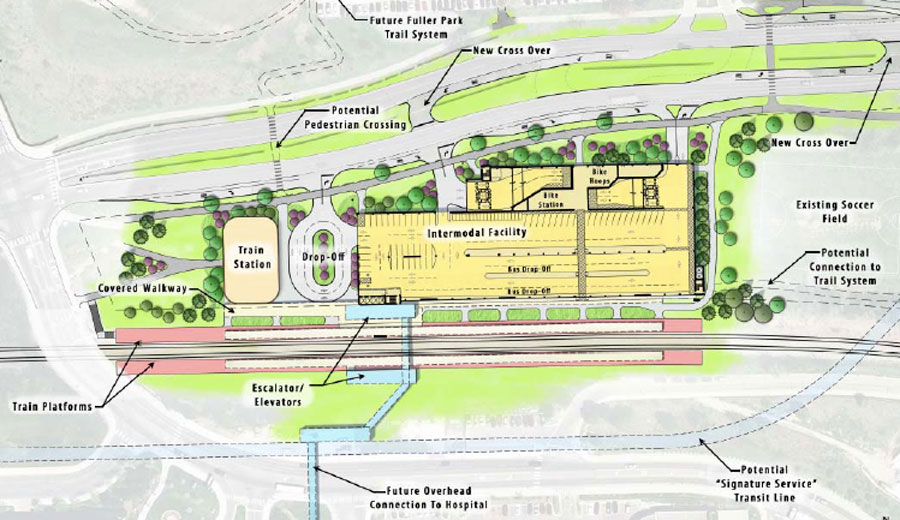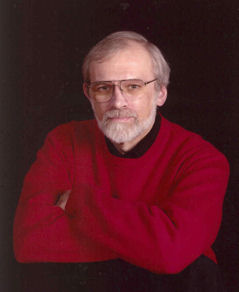I'd like to continue my series of German railways by thinking about how well "government" can do at running railways. Here in the U.S., many of the opponents of passenger rail are not only opposed to spending tax money on it, but hold the philosophical position that "government" cannot, by it very nature, do as good a job as private enterprise.
Most of the passenger railways in Europe, including Germany, are owned and operated by government agencies comparable to Amtrak. How are they doing? Is there significant customer dissatisfaction?
Fortunately, we have the British model to compare them with: The U.K. reorganized its rail system in the 1980s, retaining ownership and responsibility for the track and traffic control, but letting private companies operate the trains. How does that system, instituted during the conservative government of Margaret Thatcher, compare with the state-run systems in the rest of Europe?
My last visit to England was 12 years ago, but at that time the punctuality was about the same as Germany's is now. We found the train and station staff to be reasonably courteous, not exceptional in any notable way.
Most of the passenger railways in Europe, including Germany, are owned and operated by government agencies comparable to Amtrak. How are they doing? Is there significant customer dissatisfaction?
Fortunately, we have the British model to compare them with: The U.K. reorganized its rail system in the 1980s, retaining ownership and responsibility for the track and traffic control, but letting private companies operate the trains. How does that system, instituted during the conservative government of Margaret Thatcher, compare with the state-run systems in the rest of Europe?
Personal observation
When I was in Germany last month, I have to say that service was quite good. Punctuality was not as good as on Japanese railways, which was generally good enough to set your watch by - that is, within a minute of the scheduled time. German trains were occasionally 5-10 minutes late, but normally within a couple of minutes of schedule. Courtesy of staff and cleanliness of the trains was quite good, though there was one railway travel agent who seemed to find me a nuisance; but he was counter-balanced by two who were very friendly and helpful.My last visit to England was 12 years ago, but at that time the punctuality was about the same as Germany's is now. We found the train and station staff to be reasonably courteous, not exceptional in any notable way.
Survey: England
This survey by Passenger Focus, "the independent consumer watchdog for Britain’s rail passengers and England’s bus, coach and tram passengers", was summarized in RailPersonnel:1. 26 January 2012. UK. Big differences in train passenger satisfactionSo this survey confirms what most of us already knew about private companies: some are much better than others. Still, the 77% approval for National Express East Anglia isn't horrible, and Grand Central's 95% rating is truly commendable. (DB operates service in five areas of the UK under the "Arriva Group" name; their Grand Central lines to York won the top UK satisfaction rating of 95%, but other companies in the group earned a range of ratings down to CrossCountry's 82%.)
A survey of rail passengers has found a massive difference in levels of customer satisfaction depending on the area in which customers are traveling. Passenger Focus, which surveyed 30,590 rail travelers for its annual study, said the satisfaction scores for individual routes provided by different firms varied from 72% to 95%. Nationally, the percentage of passengers satisfied with their journey overall remained the same, at 84%. National Express East Anglia had the lowest overall satisfaction rating at 77%, while Grand Central, which operates routes between London King's Cross and the north of England, had the highest rating, at 95%.
Survey: Germany
I haven't found any independent survey of German rail passenger satisfaction, but Deutsche Bahn (DB) does conduct its own survey. Interestingly - and inconveniently for us - DB asked survey participants to "grade" their experience using the German school grading system, where 1 is the highest grade and 6 the lowest. This makes is difficult to compare the results of their survey with that of the UK. DB's overall "grade" was 2.8, which corresponds roughly to 70% using my home-grown conversion formula; in US school grades, 2.8 is closer to a B- or C+. Either way you look at it, that grade leaves plenty of room for improvement!Conclusion
Given the difference in survey reporting and methodology, it would be unwise to put too much weight on the differences between Germany and the UK. However, the competition between private railway companies in the UK does seem to have led to some very high satisfaction ratings, and all the companies have done at least as well as DB. This affirms Wake Up Washtenaw's position encouraging more private participation in public transportation.To learn more:
- UK. Big differences in train passenger satisfaction (RailPersonnel)
- Complete survey reports for the UK are available on Passenger Focus's site: http://www.passengerfocus.org.uk/research/overview
- Deutsche Bahn, "Customers and quality"
























